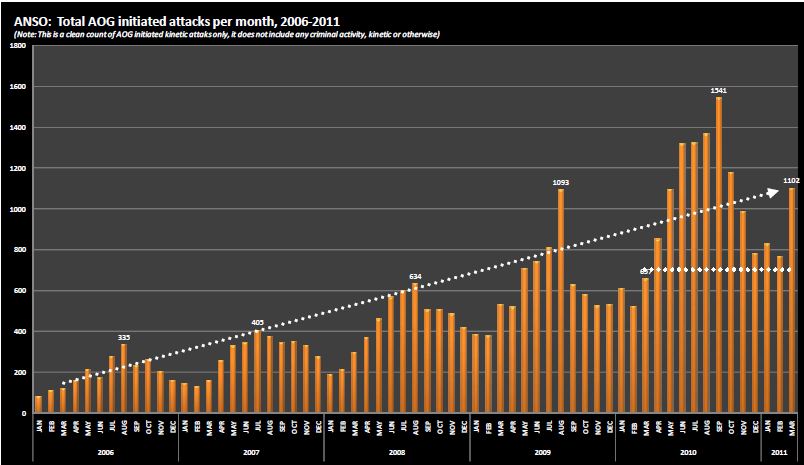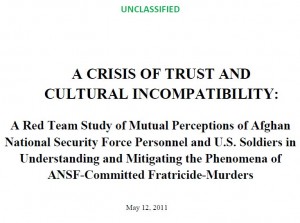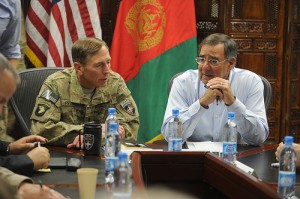Peace Talks Breaking Out All Over
In an interview with the Wall Street Journal (behind a paywall, so no link!) Afghan President Hamid Karzai has said that Afghanistan has joined the “secret” talks that have been underway for some time now between the US and the Taliban. From Reuters:
Karzai’s government had previously been excluded from early, exploratory contacts between the Taliban and the United States, with the insurgents seen as resisting the involvement of a local administration they regard as a puppet of Washington.
But the Journal quoted Karzai on Thursday as saying the Taliban were “definitively” interested in a peace settlement to end the 10-year war in Afghanistan, and that all three sides were now involved in discussions.
“People in Afghanistan want peace, including the Taliban. They’re also people like we all are. They have families, they have relatives, they have children, they are suffering a tough time,” the Journal quoted Karzai as saying in an interview conducted on Wednesday in the Afghan capital.
“There have been contacts between the U.S. government and the Taliban, there have been contacts between the Afghan government and the Taliban, and there have been some contacts that we have made, all of us together, including the Taliban.”
Karzai also arrived in Islamabad today and entered immediately into discussions with Pakistani President Asif Ali Zardari. From the Express Tribune:
Earlier in the day, President Asif Ali Zardari and Prime Minister Yousaf Raza Gilani welcomed Afghan President Hamid Karzai at the President House.
In a meeting at the Prime Minister House, Gilani and Karzai discussed a range of issues, including the regional situation and bilateral ties, which have been hit by mistrust following recent cross-border attacks. The two leaders also discussed ongoing efforts for restoring peace in conflict-hit Afghanistan, such as US’ negotiations with the Taliban in which both Pakistan and Afghanistan have felt neglected by the US.
But those were the second and third paragraphs of the Express Tribune article. The first paragraph has material that is not nearly as prevalent in the US reporting on the talks among the US, the Taliban, Afghanistan and Pakistan. It turns out that Karzai has traveled to Islambad to take part in three way meetings with Pakistan and Iran. The first paragraph:
Iranian President Mahmoud Ahmadinejad has arrived in Pakistan for a two-day visit to attend the Pakistan-Iran-Afghanistan trilateral summit in Islamabad, Express News reported on Thursday. Read more →




